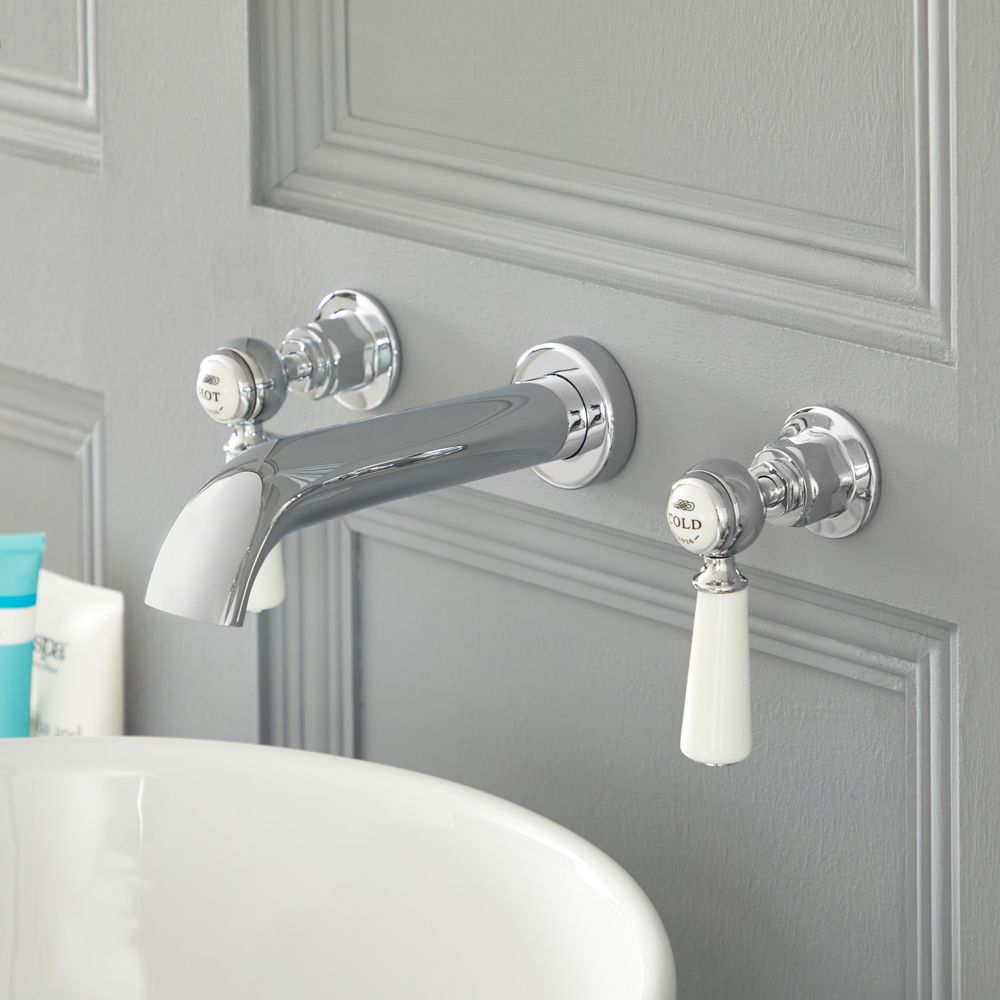How do tap heads work?
The tap head works by using the fluctuating water pressure behind it to activate a handle that dispenses the desired amount of liquid from a reservoir at the top of the head.
This is much simpler and faster than traditional faucet valves, which require you to twist an arm around a spout to release the water stream. tap heads can be installed easily by simply inserting them into pre-drilled holes in your wall or flooring, making them perfect for both indoor and outdoor use!
How can I use tap head for the best results?
Using tap heads in a bathroom can help you improve your water pressure and overall sanitation. By installing tap heads into your shower or bathtub, you can optimize the flow of water and reduce wastage. This will also improve your drainage systems, which will keep your bathroom clean and free from odors.
How to remove a tap head in Australia
Here are four easy steps on how to remove a tap head:
1) Turn off the water supply to the house by turning off the main valve near the meter or breaker box
2) Clear any debris from around the rubber coupler at either end of the pipe leading down from your sink (this will help avoid making things worse).
3) Unscrew both ends of your pipe lead -make sure they're free from clogs or other obstructions before replacing them in their original locations.
4) Run cold water into your sink until it begins flowing freely, and then turn on the faucet as high as it will go while keeping hold of one end of your pipe lead.
If everything goes according to plan, after about two minutes you'll have successfully removed a tap head!
The tap head is worn out and needs to be replaced
If you're experiencing problems with your tap head, it's time to replace it. The tap head is the part of the faucet that connects to the pipe below and controls water flow. It can become worn out over time, which can cause a variety of problems, including poor drainage and clogged pipes.
The best way to determine whether or not your tap head needs to be replaced is to take a look at it closely. If it looks like there are cracks or tears on its surface, or if water flows slowly through it, then you need to get a new Tap Head ASAP!
There are several different types of taps available on the market today, so make sure you find one that fits both your preferences and your installation situation. Be sure also to buy a replacement kit (which includes all necessary parts) in case something goes wrong during installation.
The tap head is too tight and needs to be replaced
You may be experiencing some discomfort with your tap head. If so, it's likely that the tap head is too tight and needs to be replaced. This can be done by a licensed plumber in just a few simple steps.
First, remove the old tap head by unscrewing it from the stem. Make sure to keep any screws or other pieces of metal away from the water pipes!
Next, wash and dry the area around where the new tap head will go. You'll need to make sure there are no residual traces of old glue or cement anywhere nearby - this will prevent future leaks!
Once everything is clean and dry, replace the tap head by positioning it on the smaller end of the stem and screwing it into place using screws that were previously removed.
How to install a new tap head
To replace a tap head on your sink or shower, follow these simple steps:
- Remove the old tap head by unscrewing it from the pipe.
- Clean the area around the pipe where the new tap head will be installed with warm water and soap. This will remove any dirt, dust, or built-up limescale that may prevent a proper seal between the tap head and pipe.
- Dry off the area completely before installing your new tap head. Do not use oil, grease, solvent cleaners, or plumbers' tape (or anything else) to make sure there is no moisture in contact with either surface. This could cause damage to your pipes and/or installation!
Once you have cleaned and dried off both surfaces as necessary, position your new Tap Head over the hole in whichever direction is correct for your type of faucet (usually lefty-tight).
Carefully line up one side of the clamp against the edge of the hole then tighten using a screwdriver until tapped firmly into place - do not over-tighten as this can strip screws holding it onto the stem! Lastly reattach the stem by tightening 4 screws at the base of the tap head.
FAQs
What causes a tap head to fail?
Water can get into a tap head if it's not properly sealed. If this happens, the water will start corroding the internal parts of the tap head and eventually cause it to fail. You can fix this by replacing the entire tap head or resealing it with a special sealant.
Precautions when replacing a tap head
Always use a wrench to tighten the tap head. Doing so will ensure that the water flow is properly directed and that the tap won't leak.
Is there a warranty on tap heads?
There is not warranty on tap heads, but they can be replaced if defective.

